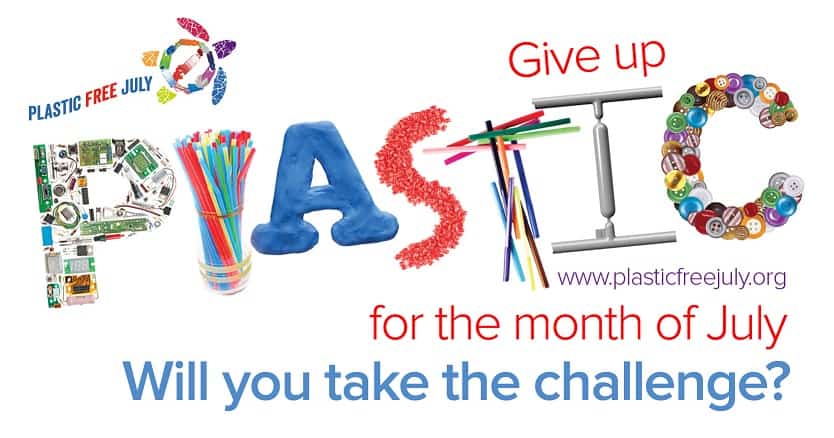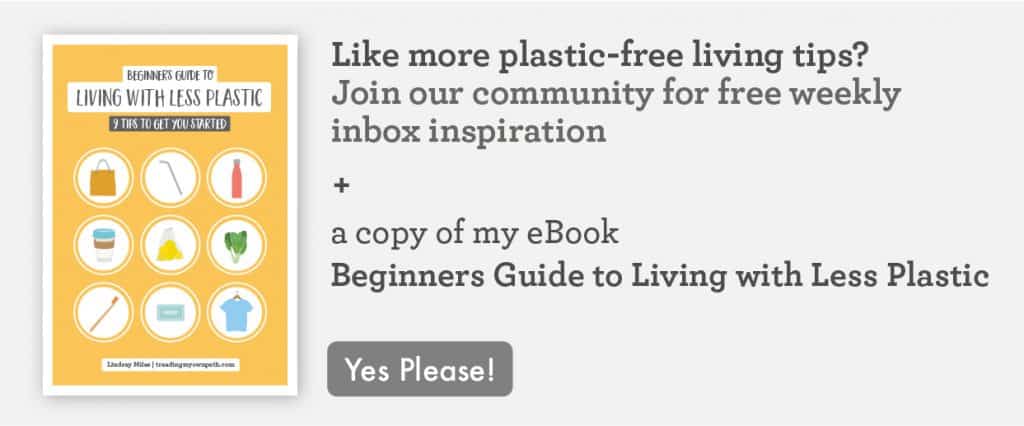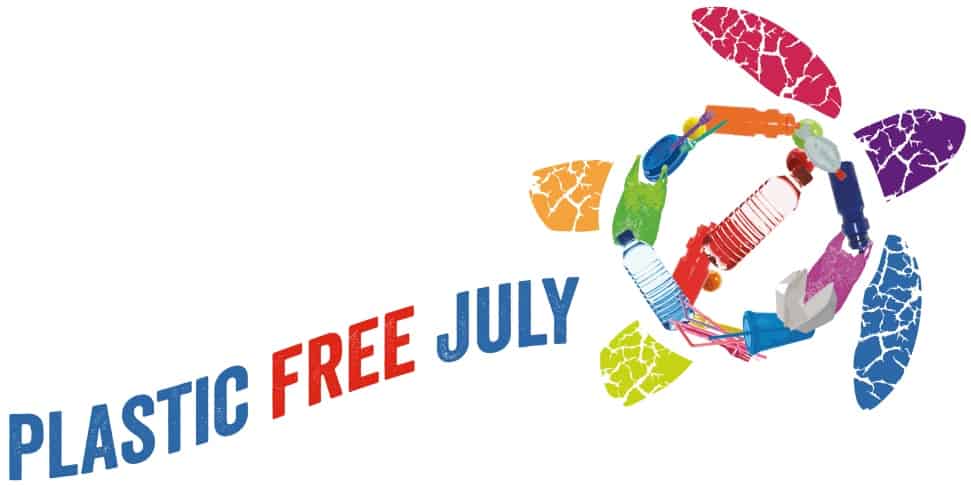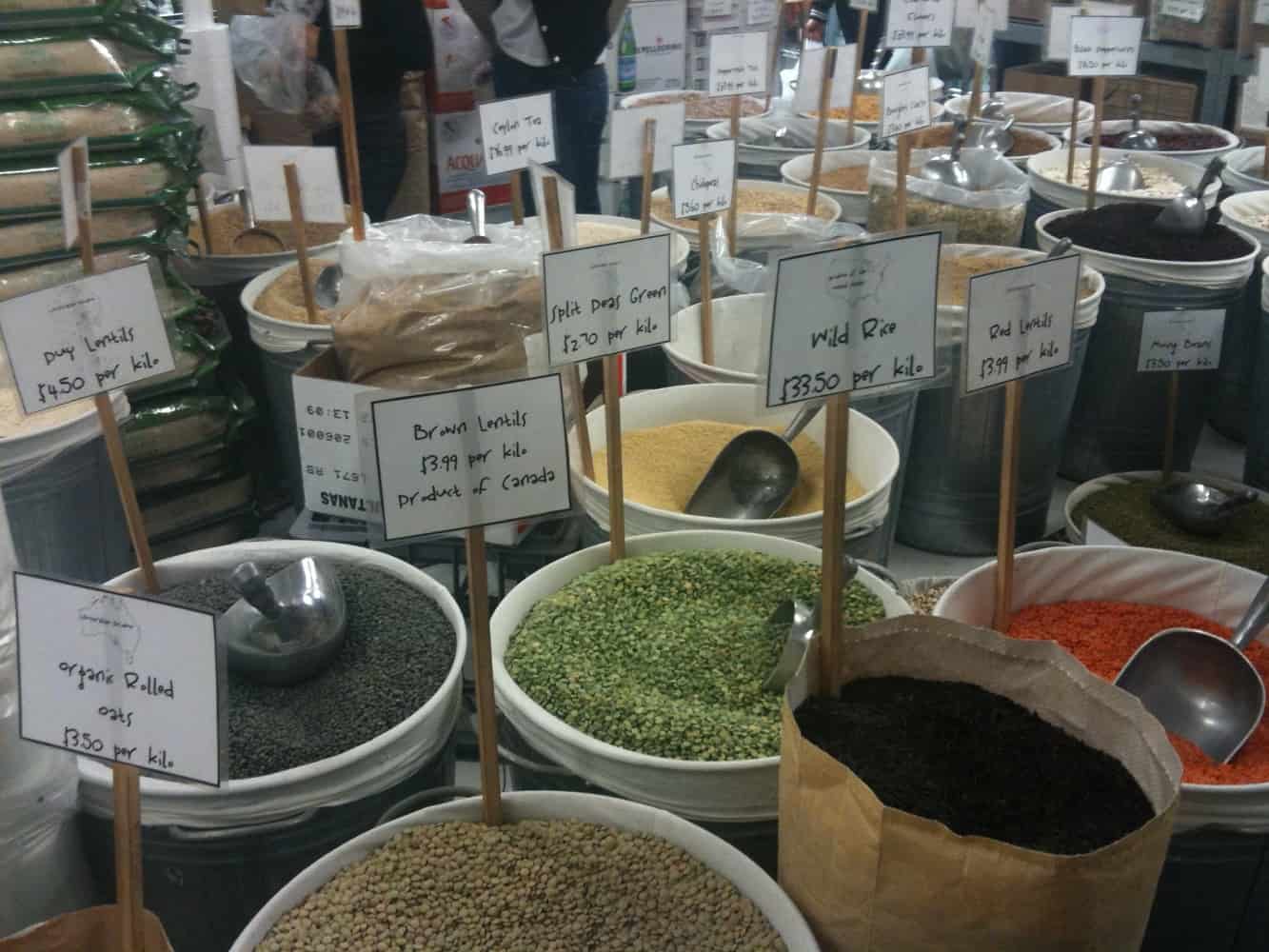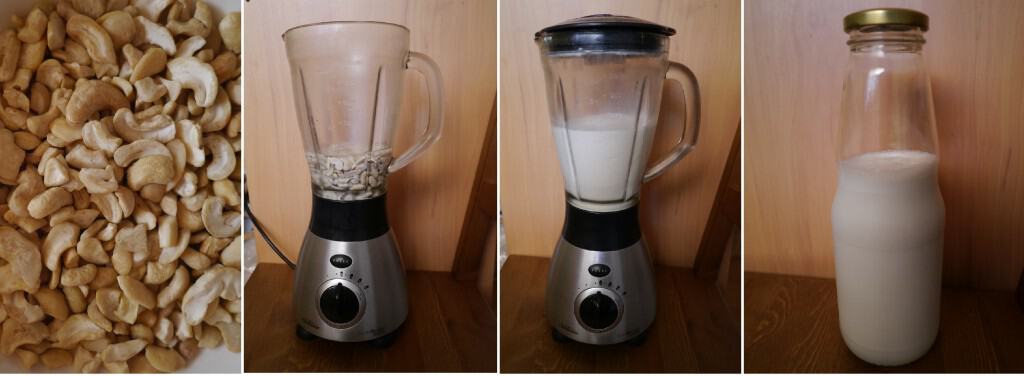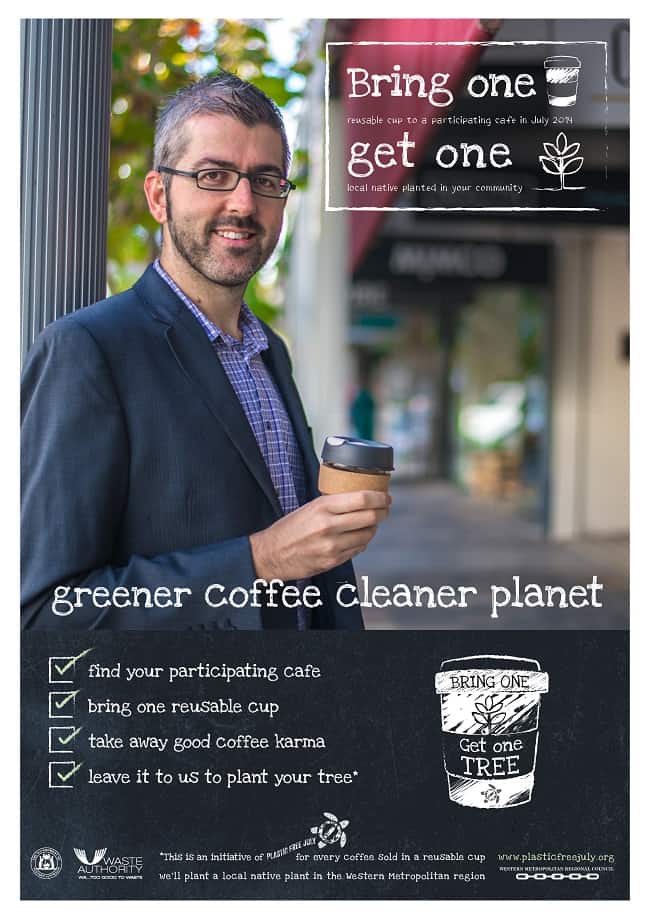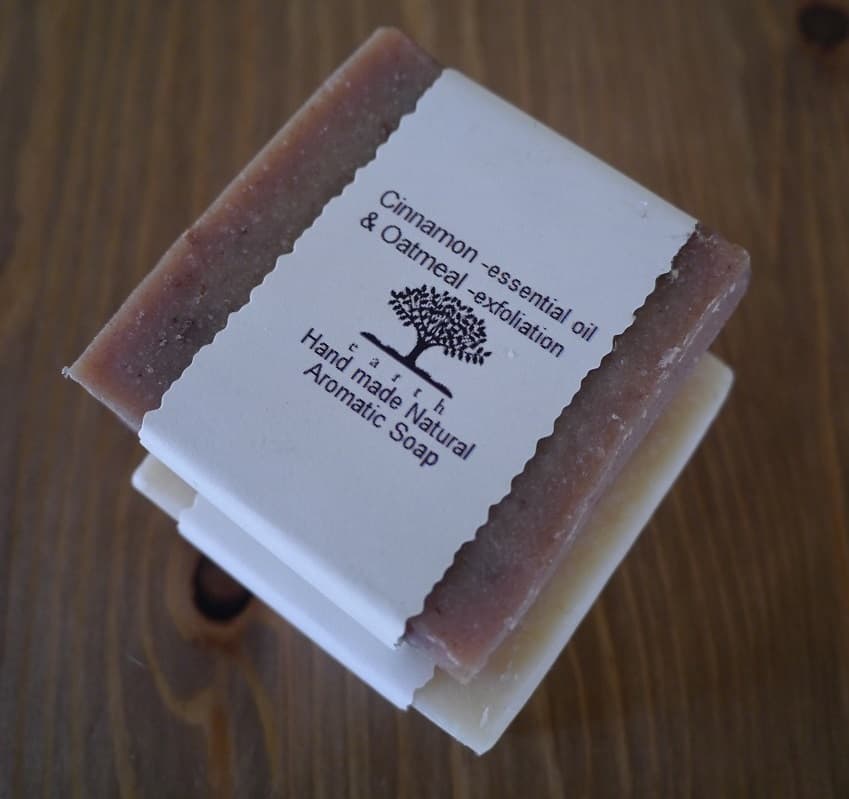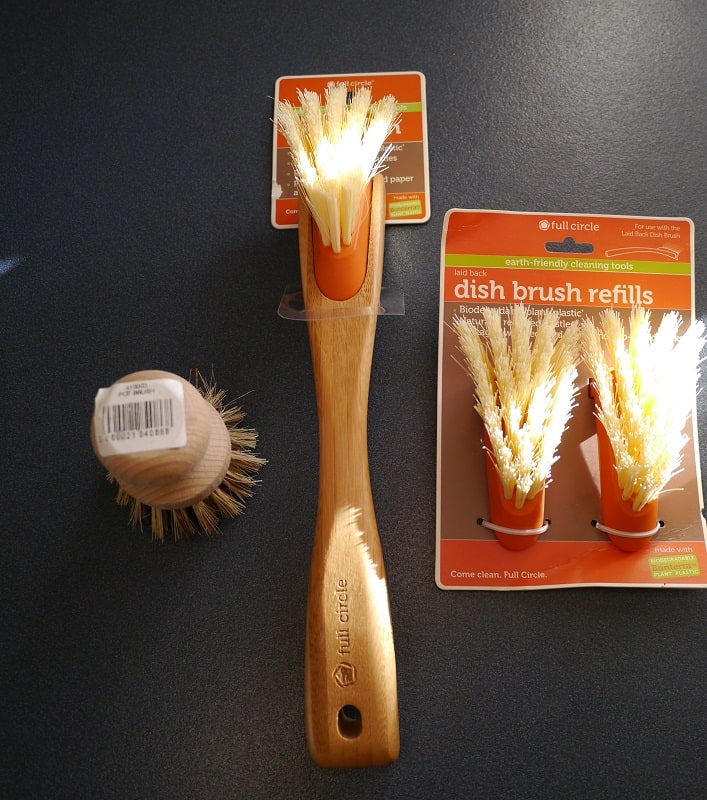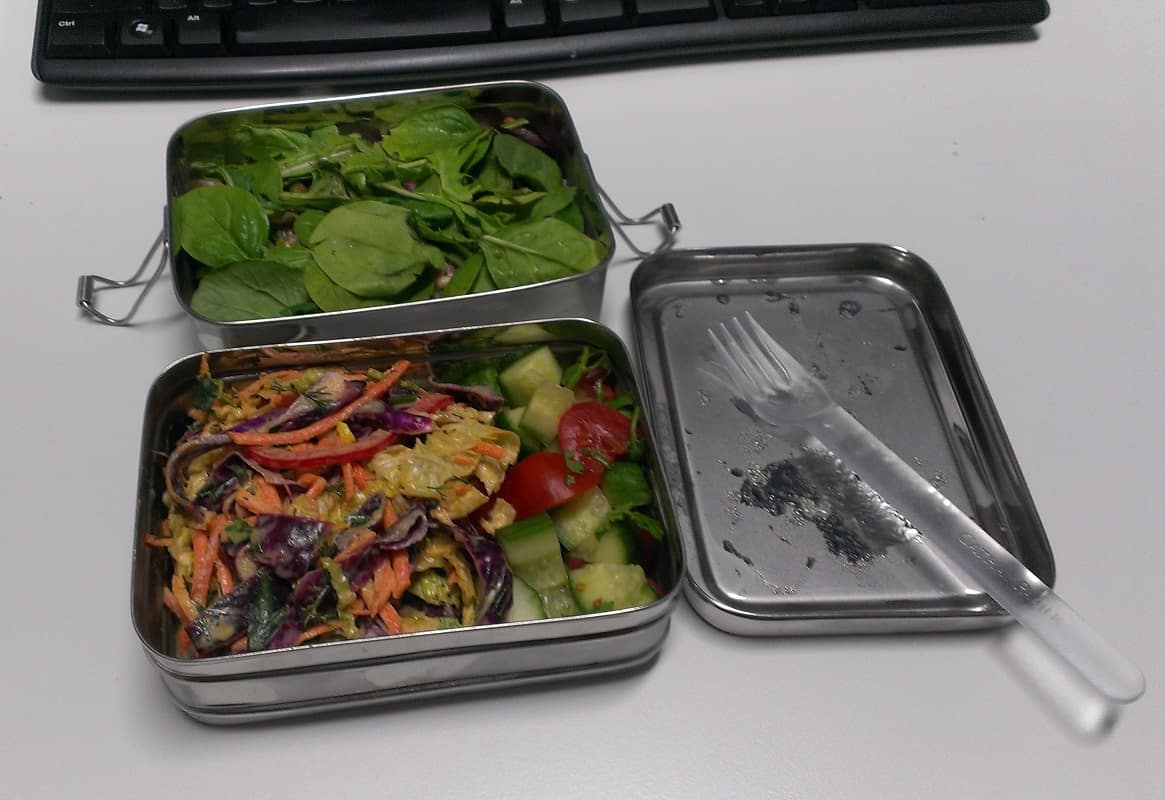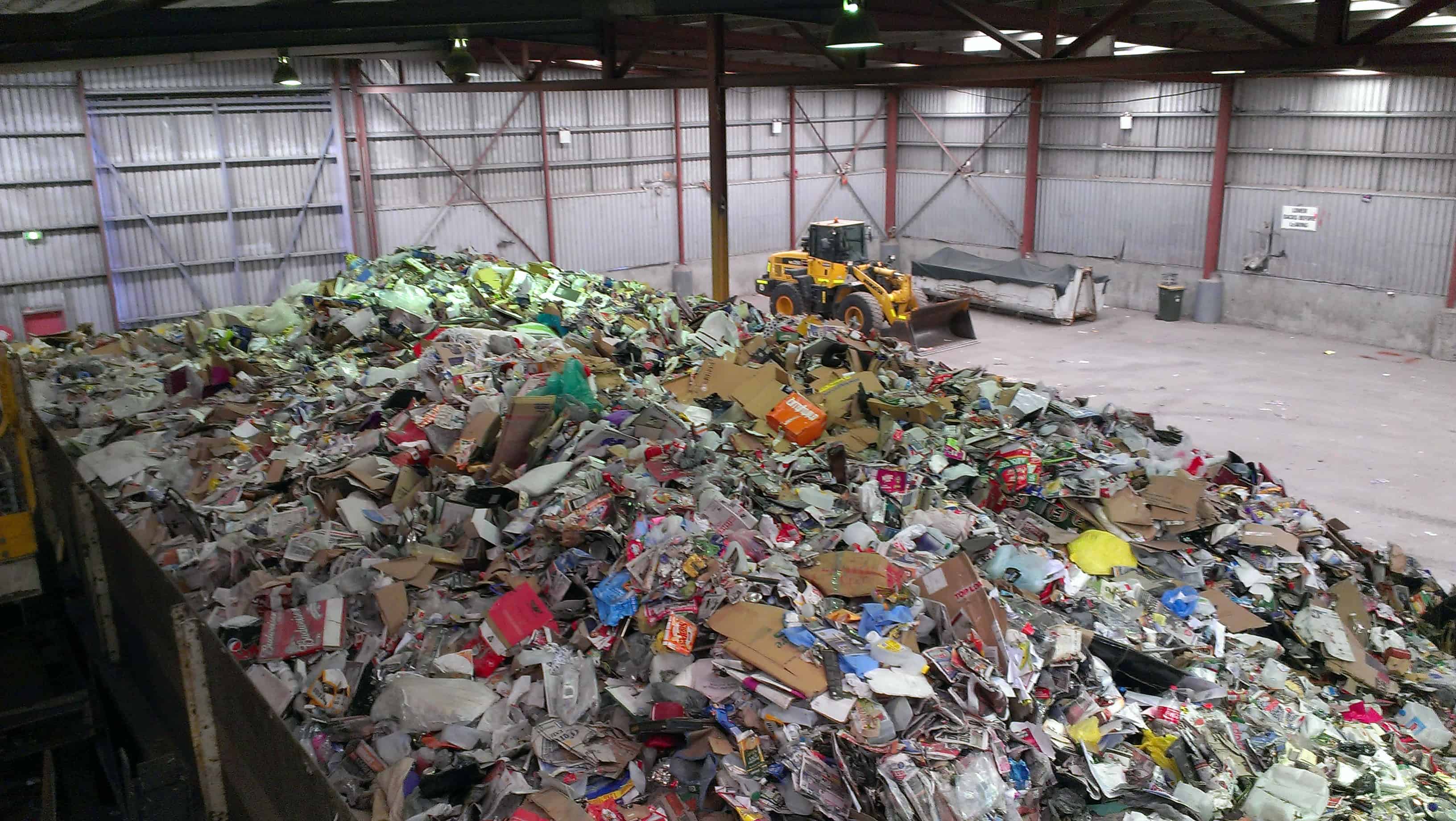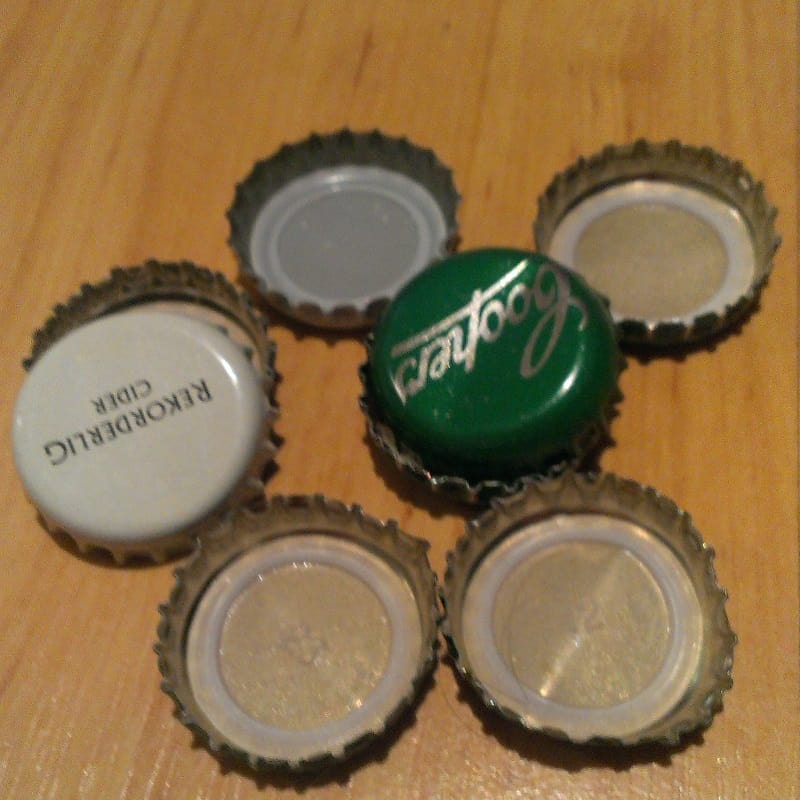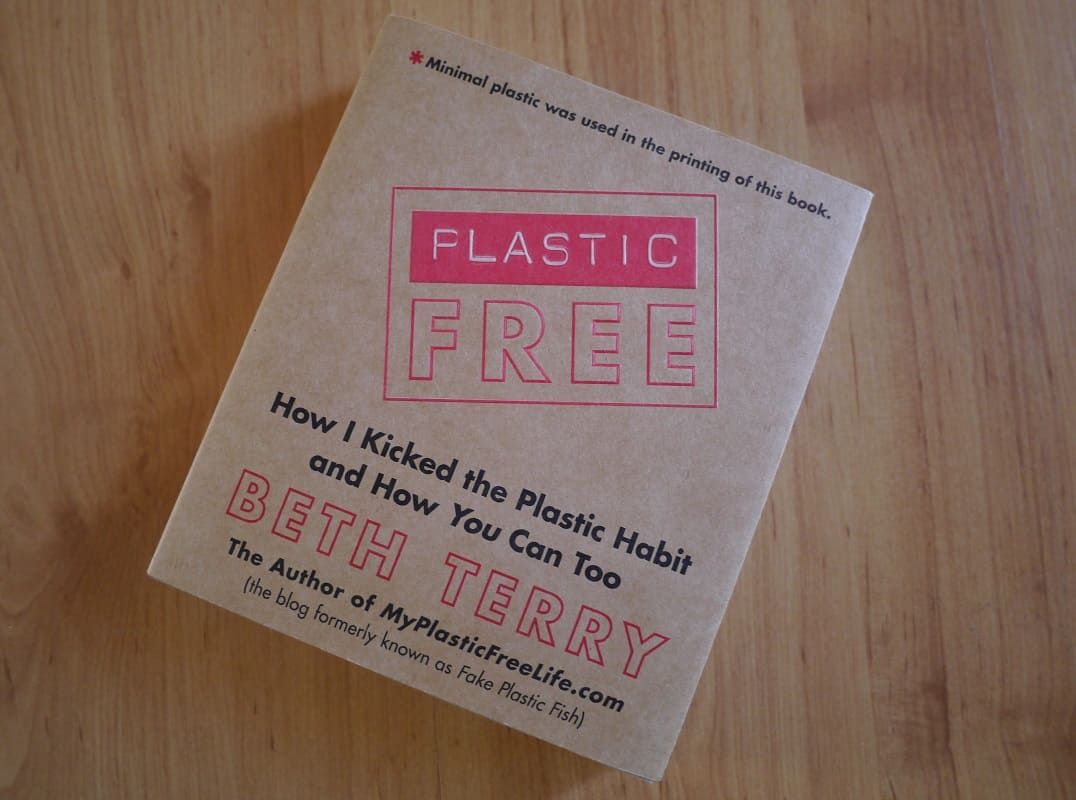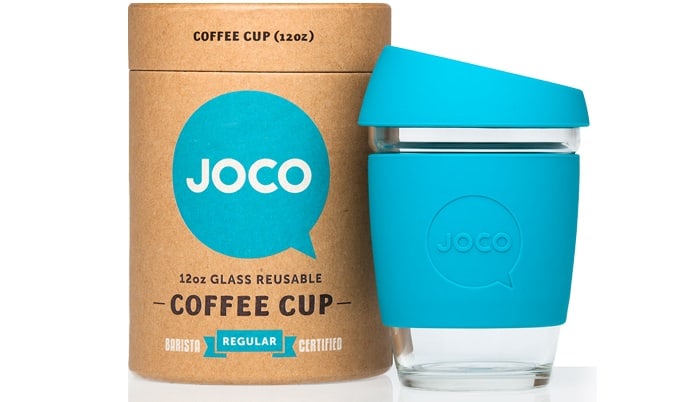8 Tips for making this Plastic Free July the most successful ever!
I love June and July, because every year during these two months a tide of plastic awareness starts sweeping across the globe. Why? Because people throughout the world start signing up for Plastic Free July, and there’s a wave of optimism, hope and enthusiasm that comes too.
It doesn’t stop there though… all that energy turns into discovery, realisation, commitment to change and then action. New habits are born. People start using less plastic, and for many, they keep on using less plastic long after July has passed. With every year, the plastic-free movement gets stronger!
If you’re not signed up to this year’s Plastic Free July challenge, or you’ve no idea what I’m talking about, stop everything and sign up now. Yep, right now. It won’t take long. Just click here. We’ll wait for you to get back.
Done? See, that didn’t take long at all!
(I should add at this point that we’re not saying that all plastic is bad. We’re just saying that a lot of plastic is unnecessary, and actually avoidable. The truth is, we get stuck in the habit of doing things a certain way simply because that’s the way we’ve always done them, and we’ve never really given much thought to the notion that actually there’s a better way. By better, I mean a way that doesn’t involve drilling oil out of the ground, turning it into plastic, shipping that somewhere and using it for a few minutes before sending it to landfill, where it will languish for the next 500 years.) 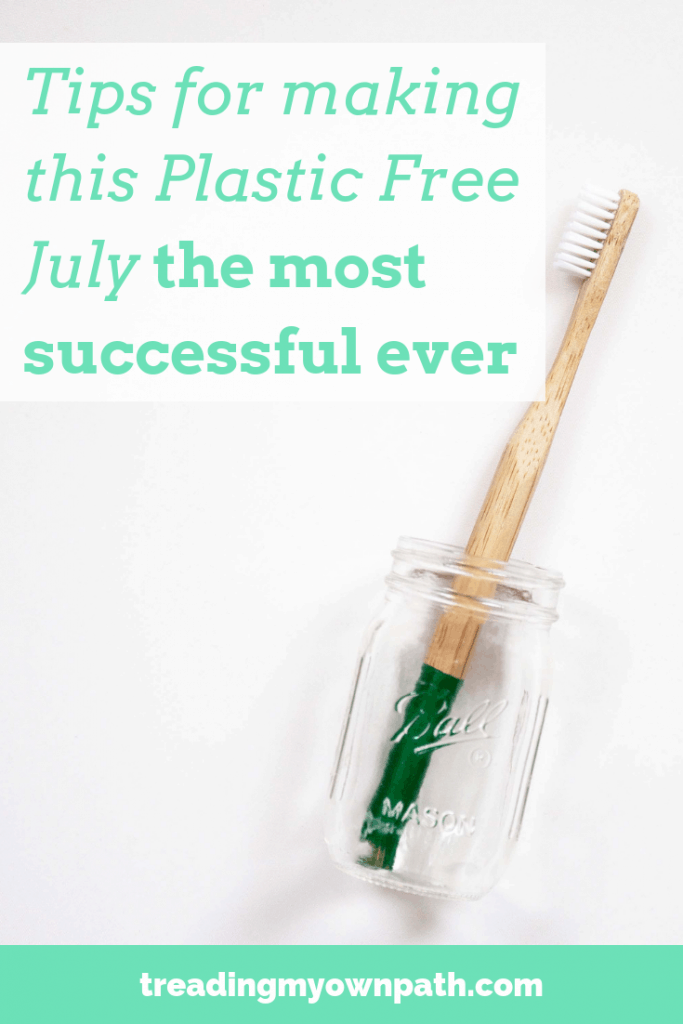
Plastic Free July – the countdown begins!
Now you’re all signed up and ready to go, you’ve got two weeks to prepare and get organized. Plenty of time! Just to make it that little bit easier though, I’ve written a quick guide to help you get started.
1. Think about the Big Four – plastic water bottles, disposable coffee cups (and lids), plastic bags and straws

These four items are big contributors to plastic pollution, and all of them can be avoided.
- Equip yourself with a reusable water bottle, or re-purpose an old bottle you already have. If you don’t like drinking water from the tap, invest in a water filter.
- Start bringing your own reusable coffee cup if you get takeaway. You can buy stainless steel, glass and ceramic reusable coffee cups, or you can just repurpose an old glass jar or even bring your own mug! Another option is to commit to dining in, so you can make use of the cafe’s cups and mugs.
- Bring your own bags! Almost every household has reusable shopping bags, and even if you don’t you can use a backpack or rucksack, or make use of plastic bags you already own. Re-use an old cardboard box if that works better for you. The trick is to remember to take them with you! Put them by the front door, in the front of the car, stuff one in your handbag, hang one from your bicycle handlebars – put them wherever you’ll see them so you remember to pick them up as you leave for the shops!
- Get in the habit of refusing straws. It’s possible to drink most drinks without a straw, so remember to ask for no straw when you order. For those that you can’t drink easily without a straw (frozen drinks and fresh coconuts, for example) you can buy reusable stainless steel, glass or bamboo straws.
2. Do your research – check out your local area for plastic-free shops and markets
You probably go to your regular shops out of habit, so you may not be aware of all the other options available to you. Is there a local Farmers Market close by? A butcher, bakery, deli or fishmonger? An independent fruit and veg shop? Typically these will use less packaging than the supermarkets, but are also usually more open to discussing using less plastic. Health food stores often have bulk sections, even if they are small, and are worth investigating.
3. Start the conversation
- Talk to local producers, sellers and stallholders. Explain what you are doing. Find out if they are happy for you to bring your own containers, or to package their items differently. Most people are happy to help! (When my mum signed up for Plastic Free July, she sheepishly went to her local butcher and explained that she wanted to start bringing her own containers, but she wouldn’t trouble him if he was busy. His response? He was spending nearly £8,000 a year on plastic single-use packaging, and was more than happy for her to bring her own containers – in fact it would be even better if he was busy, as she might encourage others to bring their own containers too!)
- Talk to friends and family. Explain the challenge, and what you’re trying to do. They may have ideas on how to help, they may want to sign up too…at the very least they will have a better understanding of what your goals are!
4. Find your community and join in!
Everyone needs a support network to stay motivated! Plastic free July is happening in over 30 countries, and growing all the time, so see if there are any events happening locally near you. If there’s nothing nearby, seek out your community online! There are many blogs such as this one to seek out ideas and tips, and also Facebook groups to share frustrations, ask questions and celebrate wins.
If you can’t find a local Facebook group consider starting you own! (I started the Perth Zero Waste and Plastic-Free Facebook group for exactly this reason, and it now has over 8,000 members. I’ve written about how to start a Plastic-Free/Zero Waste Facebook group here.)
5. Audit what you buy
The weeks before Plastic Free July are a great opportunity to look at the kind of things you regularly buy. Look at the items that use the most plastic, and start asking questions. Is there an alternative packaging option like paper, glass or even packaging free? Is this something you could go without, or switch to an alternative? Is this something you could buy in bigger pack sizes (so reducing the overall packaging)?
6. Get out the cookbooks!
We tend to cook the same few meals week in, week out because we get stuck in the habit. You don’t have to be a master chef to take part in Plastic Free July, but being open to new ideas does help! If you don’t have any cook books look on Pinterest, Google, borrow from a friend or the local library. Find recipes that match your skill level with ingredients you know you can find plastic-free. It will make your Plastic Free July experience much more enjoyable!
7. There’s no need to buy new stuff
Sure, there are things that make plastic-free living a lot easier, but there’s no need at the start of your journey to rush out and buy a whole heap of new equipment. It’s easy to feel like we’ve made progress because we’ve gone shopping and bought some shiny new gear, but Plastic Free July is about changing habits, and that comes from doing, not buying. If you feel that a new reusable coffee cup or new water bottle will help then that’s great, but it is also possible to get through the month making do with what you already have.
8. Remember – new habits take time to establish
Chances are, if you’re new to Plastic Free July, you currently use quite a lot of plastic. The good news is that it is possible to reduce this to virtually zero! The less good news is that it isn’t going to happen overnight. Change takes time. New habits don’t form instantly. Sometimes it can be a struggle. Sometimes it can be frustrating. Don’t feel disheartened if you have setbacks, because we have all been there! It took me 18 months to go completely plastic-free. Remember, the journey is just as important as the destination!
Now I’d love to hear from you! If you’ve taken part in Plastic Free July before, are there any other tips you’d like to add? Are there any other resources you’d recommend? What were your biggest challenges, and how did you overcome them? If you’re new to Plastic Free July, do you have any concerns or worries? Is there anything else you’d like to add? Please share your thoughts and leave a comment below!

